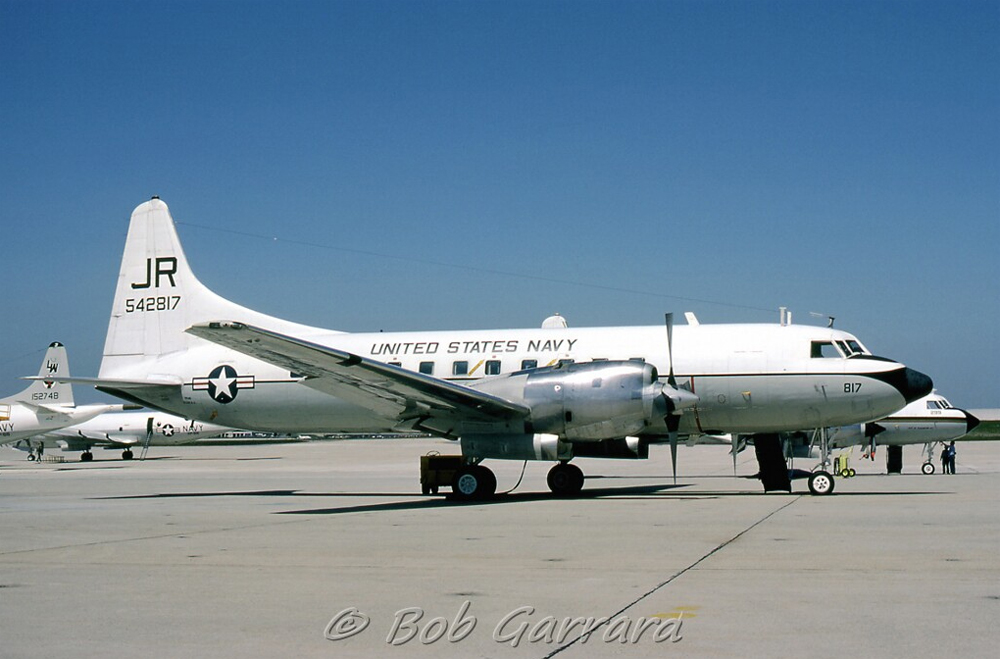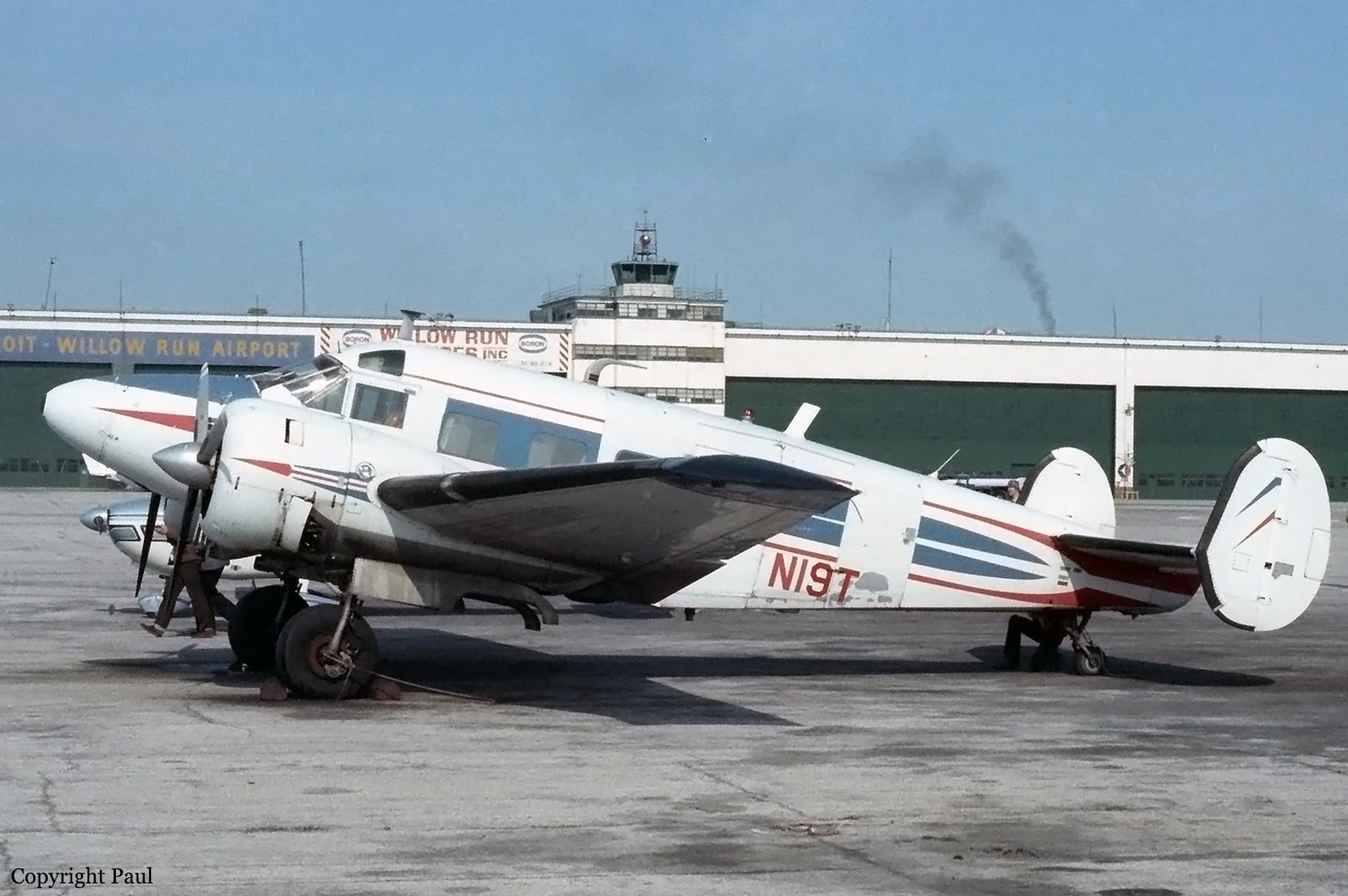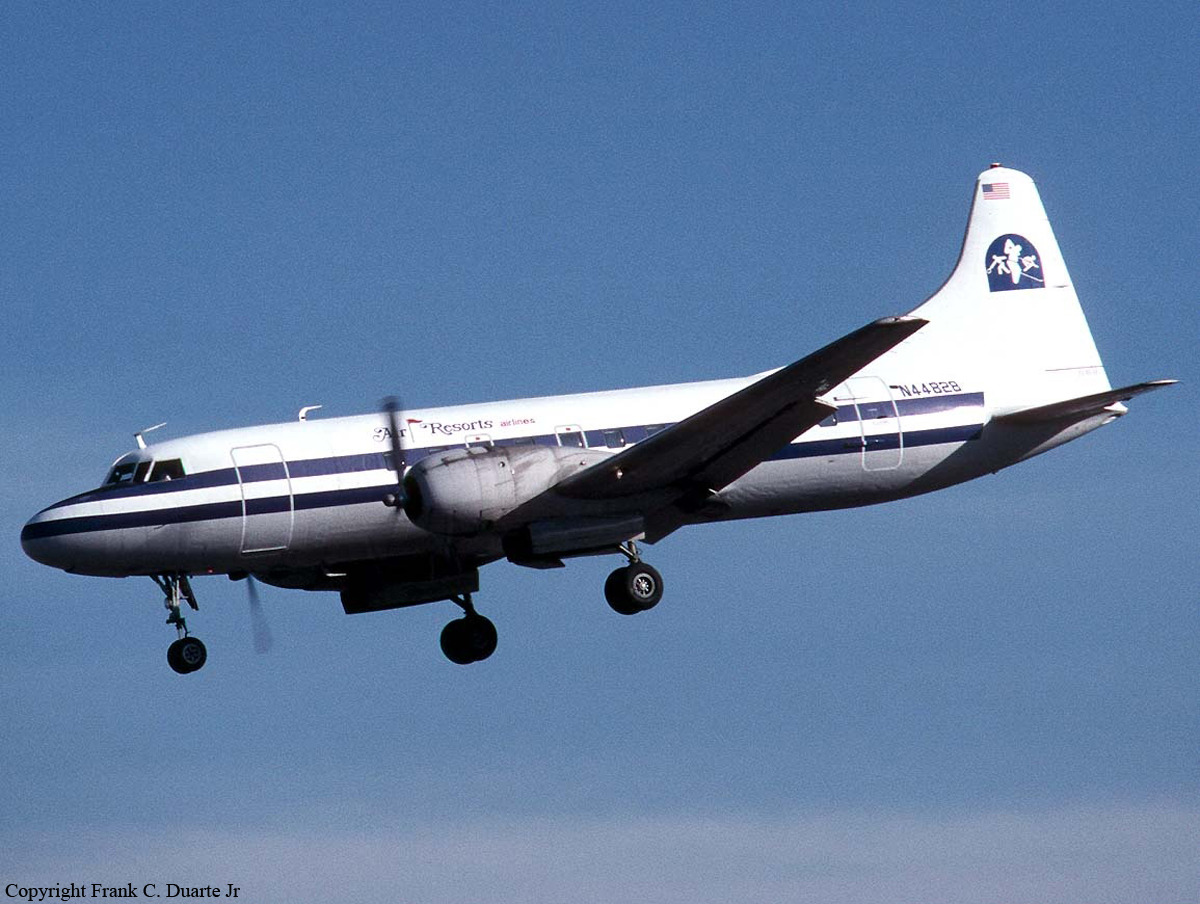Date & Time:
Sep 13, 1985 at 1111 LT
Schedule:
Lakeland - Huntsville
Crew fatalities:
Pax fatalities:
Other fatalities:
Captain / Total flying hours:
1993
Captain / Total hours on type:
97.00
Circumstances:
During an IFR arrival/descent, the pilot stated he 'had to feather one engine, I have an oil leak and I'm just trying to descend . . .' he then said he was descending thru 5,300 feet. As he continued the approach, he informed the controller he would be unable to go around since the hydraulic system was powered by the affected right engine. Subsequently, the pilot said he was at 1,500 feet and was having a hard time holding altitude. A witness heard and saw the aircraft in a level attitude at low altitude, then saw the aircraft dive toward the ground. It impacted in a steep descent just short of a long field and burned. The right propeller was feathered, but there was no evidence of oil starvation in either engine. The pilot's neighbor said he (the pilot) was aware of a hydraulic leak, but he was awaiting the annual inspection (due in September) to repair it. An exam revealed the flaps were partially extended, the landing gear control was in the 'up' position, and the gear was down. The flight manual stated that with a hydraulic failure downstream of the accumulator, the flap handle should be in 'neutral' to prevent gear and flap extension. The flap control could not be found. All six occupants were killed.
Probable cause:
Occurrence #1: airframe/component/system failure/malfunction
Phase of operation: descent - normal
Findings
1. (c) reason for occurrence undetermined
2. (f) fluid - leak
----------
Occurrence #2: loss of engine power (partial) - nonmechanical
Phase of operation: descent - normal
Findings
3. Miscellaneous - intentional
----------
Occurrence #3: forced landing
Phase of operation: descent - emergency
Findings
4. (f) maintenance - inadequate - company/operator management
5. (f) operation with known deficiencies in equipment - performed - pilot in command
6. (c) emergency procedure - improper - pilot in command
7. Hydraulic system - pressure too low
8. (f) gear extension - inadvertent
9. (f) lowering of flaps - inadvertent
10. Level off - not possible
----------
Occurrence #4: loss of control - in flight
Phase of operation: descent - emergency
Findings
11. (c) airspeed (vmc) - not maintained - pilot in command
----------
Occurrence #5: in flight collision with terrain/water
Phase of operation: descent - uncontrolled
Final Report:








